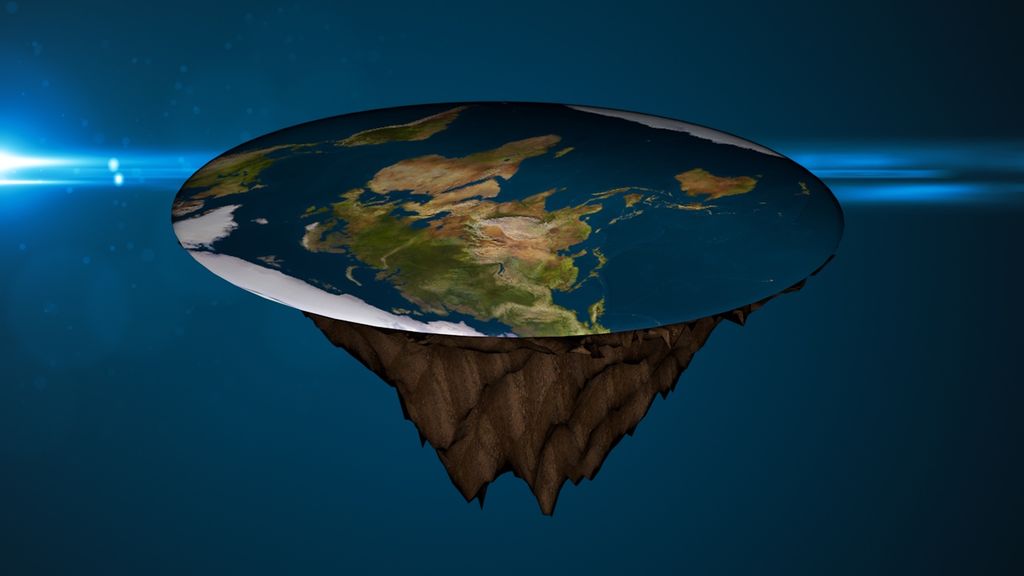

In the early 4th century BC, Plato wrote about a spherical Earth. However, most pre-Socratics (6th–5th century BC) retained the flat-Earth model. The idea of a spherical Earth appeared in ancient Greek philosophy with Pythagoras (6th century BC). Many ancient cultures subscribed to a flat-Earth cosmography. The map contains several references to biblical passages as well as various jabs at the "Globe Theory".įlat Earth is an archaic and scientifically disproven conception of the Earth's shape as a plane or disk. ( August 2023) ( Learn how and when to remove this template message)įlat Earth map drawn by Orlando Ferguson in 1893. You may improve this article, discuss the issue on the talk page, or create a new article, as appropriate. Geodesy is the science of measuring and monitoring the size and shape of the Earth, including its gravity field, and determining the location of points on the Earth’s surface.The examples and perspective in this article deal primarily with Europe in the lede and do not represent a worldwide view of the subject. The National Geodetic Survey measures and monitors our ever-changing planet. Sometimes this change is periodic, as is the case with daily tides that affect both the ocean and the crust sometimes the change is slow and steady, as with the drift of tectonic plates or the rebound of the crust after a heavy sheet of ice has melted and sometimes the shape of the planet changes in violent, episodic ways during events such as earthquakes, volcanic eruptions, or meteor strikes. Slight variations in Earth’s gravity field cause permanent hills and valleys in the ocean’s surface of over 300 feet relative to an ellipsoid.Īdditionally, the shape of the Earth is always changing. Sea level itself is even irregularly shaped.

Mountains rising almost 30,000 feet and ocean trenches diving over 36,000 feet (compared to sea level) further distort the shape of the Earth. This is due to the centrifugal force created by the earth’s constant rotation. Our planet is pudgier at the equator than at the poles by about 70,000 feet. However, even an ellipsoid does not adequately describe the Earth’s unique and ever-changing shape. While the Earth appears to be round when viewed from the vantage point of space, it is actually closer to an ellipsoid.


 0 kommentar(er)
0 kommentar(er)
